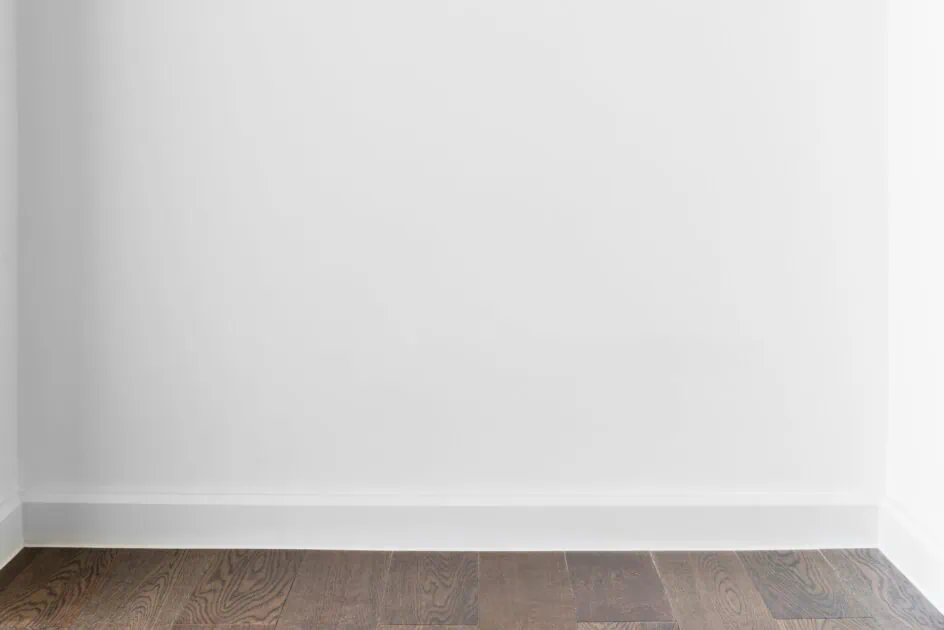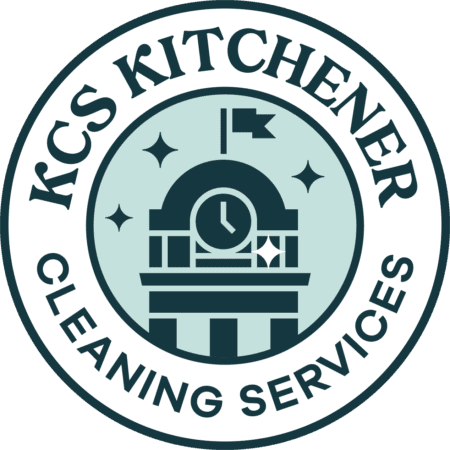Let’s face it, baseboards are the unsung heroes of our homes, quietly framing our spaces yet often forgotten in our cleaning routines. But how often should we actually be cleaning them? It turns out, the answer isn’t one-size-fits-all.
Factors like foot traffic, furry friends, and even the location of your home can impact how frequently your baseboards need a good scrub. Generally, a clean sweep every 1 to 3 months is recommended to keep the dust bunnies at bay and maintain that crisp, clean aesthetic. Whether you’re a pet owner or living a solo life, adjusting your cleaning schedule to fit your home’s unique needs can make all the difference.
So, let’s dive into the nitty-gritty of keeping those baseboards spick-and-span, shall we?
Frequency of Cleaning Baseboards Explained
Baseboards, often overlooked in routine cleaning, play a significant role in maintaining a home’s overall cleanliness and aesthetic appeal. The frequency of cleaning baseboards primarily hinges on several factors, including the level of foot traffic, the presence of pets, and the location of your home. Generally, it’s advisable to clean baseboards every 1 to 3 months to prevent the accumulation of dust, dirt, and potential allergens.
By adapting the cleaning frequency to your home’s specific needs, you can ensure that your baseboards remain in pristine condition, reflecting a well-kept and inviting atmosphere.
Factors Affecting Cleaning Frequency
The frequency at which baseboards need to be cleaned is influenced by various factors, each contributing uniquely to the accumulation of dust, dirt, and allergens. Tailoring a cleaning schedule to accommodate these factors ensures the cleanliness and healthiness of your home environment.
Home Location
The location of your home significantly dictates how often baseboards require cleaning. Urban homes or those near busy streets might encounter more dust and pollution, necessitating a higher frequency of cleaning. Conversely, rural homes might battle with mud and dirt, especially during wet seasons, prompting more regular attention to baseboards.
Seasonal Changes
Seasonal changes also play a crucial role in determining cleaning schedules. During spring and summer, open windows can allow pollen, dust, and outdoor allergens to infiltrate the home, settling on surfaces like baseboards and increasing the need for frequent cleaning. In winter and fall, while homes are sealed from the external environment, the use of heating systems can circulate indoor pollutants such as dust and pet dander, which then accumulate on baseboards, still requiring regular cleaning to maintain indoor air quality.
Adjusting cleaning frequencies in response to these factors ensures that baseboards remain clean, contributing to a well-maintained and healthy living space.
Why Clean Baseboards
Cleaning baseboards is crucial for maintaining both the aesthetic appeal and the healthiness of your home environment. By incorporating baseboard cleaning into your routine home maintenance, you contribute to a cleaner, more appealing, and healthier home environment.
Improve Air Quality
Regular cleaning of baseboards is essential for improving indoor air quality. Accumulations of dust and allergens on baseboards can easily circulate through the home, adversely affecting those with allergies or respiratory issues. By ensuring baseboards are clean, you significantly reduce the presence of these airborne irritants, fostering a healthier living environment.
Enhance Home Appearance
Maintaining clean baseboards greatly enhances the aesthetic appeal of your home. They act as a frame for your living spaces, and when they are kept in pristine condition, they signal a well-maintained and cared-for environment. Regular cleaning prevents the unsightly buildup of dust, dirt, and scuff marks, making your home appear more inviting and meticulously clean.
What Affects Baseboard Cleaning Frequency
Baseboard cleaning frequency is influenced by various factors that contribute to dust, dirt, and allergen accumulation. Understanding these factors allows homeowners to tailor their cleaning schedules effectively, ensuring their baseboards remain clean and contributing to a healthier and more appealing living space.
Dust Levels
Dust levels can significantly vary and are influenced by geographical location and lifestyle choices. Homes situated in drier or urban environments may find dust accumulating more quickly, necessitating a more rigorous cleaning regimen.
Humidity Levels
Humidity levels not only affect the stickiness and adherence of dust particles but also the potential for mold growth on or near baseboards. Environments with higher humidity might require more frequent cleaning efforts to combat these challenges.
Traffic in the Home
The traffic in the home directly impacts baseboard cleanliness. This includes both the number of residents and the frequency of visitors, which can introduce and spread dirt and pollutants throughout the home.
Number of Residents
A higher number of residents typically correlates with increased activity and, consequently, more dust, dirt, and general wear that can accumulate on baseboards.
Frequency of Visitors
Similarly, homes that frequently host guests may see an uptick in the need for baseboard cleaning due to the additional dirt and debris carried in from outside.
Presence of Pets
Pets significantly influence the cleanliness of baseboards. Their fur, dander and the dirt they carry in from outdoors can quickly soil baseboards and floors.
Type of Pets
The type of pets—especially considering the variance between long-haired and short-haired breeds—can affect the volume of fur and dander distributed around the home, impacting cleaning schedules.
Number of Pets
The number of pets in a household can exponentially increase the need for baseboard cleaning. More pets equate to more fur, dander, and dirt, requiring more frequent attention to maintain cleanliness.
How to Clean Baseboards

Effectively cleaning baseboards involves a blend of basic and deep cleaning methods. For routine upkeep, dusting with a microfiber cloth is essential for removing loose dust and dirt. For areas with more persistent grime, wiping with a damp cloth can tackle these challenges without causing damage.
When faced with significant buildup or stains, employing a gentle cleaner and scrubbing stubborn stains carefully can rejuvenate their appearance. Adapting your cleaning technique to the specific needs of your baseboards not only maintains their condition but also enhances the overall cleanliness and appeal of your home.
Basic Cleaning Method
For regular upkeep, dusting with a microfiber cloth is the first and most effective step, efficiently capturing loose dust and allergens without scratching the baseboards. Following up with wiping with a damp cloth targets any lingering dirt or marks, which is essential for maintaining the cleanliness of baseboards in high-grime areas like kitchens and bathrooms.
Deep Cleaning Method
For baseboards facing significant buildup or tough stains, adopting a deep cleaning method is key. Start by using a gentle cleaner suitable for your baseboard’s material, ensuring it dissolves dirt without damaging the surface. For those stubborn stains, scrubbing with a soft-bristled brush or a surface-appropriate cleaning pad can gently yet effectively lift and remove the stain, restoring your baseboards to their original condition without risk of damage.
Tips for Maintaining Clean Baseboards
Maintaining clean baseboards is crucial for a tidy and allergen-free home. By incorporating the following practices into your routine, you ensure your baseboards remain in top-notch condition, enhancing the overall cleanliness and aesthetic appeal of your living space.
Regular Dusting
Implementing regular dusting is a key strategy in the battle against dust and allergens on baseboards. Employing a microfiber cloth can be particularly effective, as it traps dust particles, reducing their presence and minimising the need for more frequent, deep cleanings.
Immediate Stain Removal
The importance of immediate stain removal cannot be overstated for maintaining the aesthetic integrity of baseboards. Promptly addressing spills and marks prevents the formation of permanent stains, facilitating easier cleanup with less aggressive cleaning solutions.
Protective Coatings
The application of protective coatings offers a dual benefit for baseboard maintenance. Not only do these coatings help repel dust, making subsequent cleanings less labor-intensive, but they also provide a barrier against scuffs and stains, preserving the baseboards’ appearance over time.
Keep Every Corner of Your Home Sparkling Clean
Whether it’s the middle of a high-traffic hallway or the quiet corners behind furniture, baseboards deserve a regular spot in your cleaning routine. With factors like pets, humidity, and seasonal changes all playing a role, staying proactive every 1 to 3 months can help keep your home looking and feeling fresh.
At KCS Kitchener Cleaning Services, we know the details matter—especially the ones most people overlook. Our experienced, eco-conscious team makes sure even your baseboards get the care they deserve. Because when your space is spotless from top to bottom, it just feels better.
Let your home shine in every detail—book your cleaning with KCS today and feel the difference clean can make.


